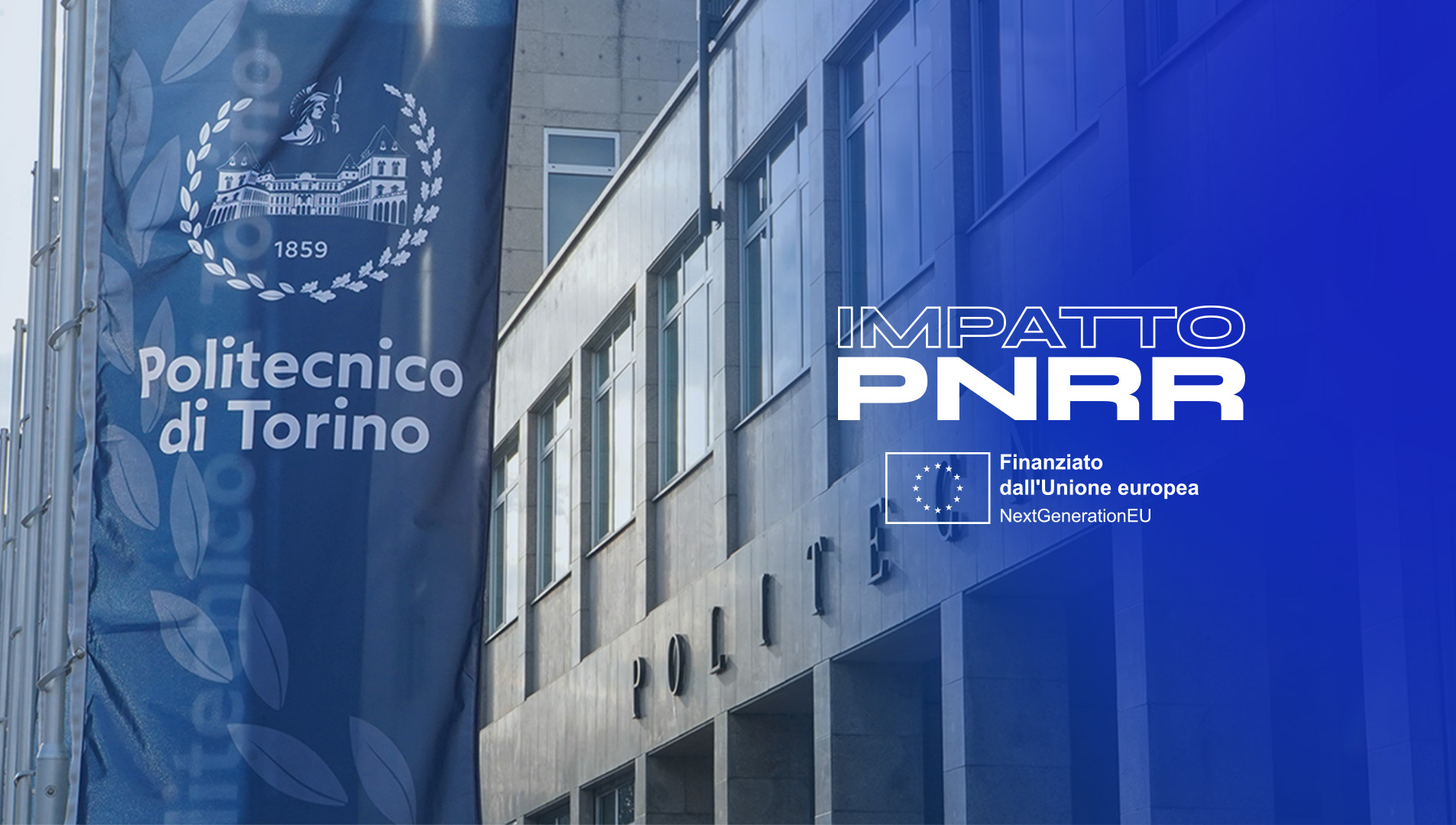
Young Researchers PNRR call: seven young postdocs at the Politecnico
The extraordinary funding measure activated under Mission 4 “Education and Research” of the National Recovery and Resilience Plan (PNRR), designed to attract young researchers with a profile of excellence to the Italian research system, has brought to the Politecnico di Torino seven young talents.
The selected researchers will be supported with a grant of 150,000 euros each: their research had previously obtained a “Seal of Excellence”, recognition that certifies the value of their project submitted to the Marie Skłodowska-Curie Individual Fellowships and Marie Skłodowska-Curie Postdoctoral Fellowships calls, within the scope of the Horizon 2020 and Horizon Europe Framework Programmes. Thanks to this extraordinary measure, which brought the university 1,050,000 euros - they will carry out their research for a two-year period at the Politecnico, where they were called in December as Type A fixed-term researchers.
The seven projects that will continue at the Politecnico address very different research topics that are equally important for the future of humanity: from renewable energy sources to the impact of environmental policies, from water decontamination to innovation in the field of structural design, from the study of the relationship between research and social movements to the most advanced achievements in the field of geometry and design of new molecules for chemistry and medicine of the future. Let's find out more about them together.
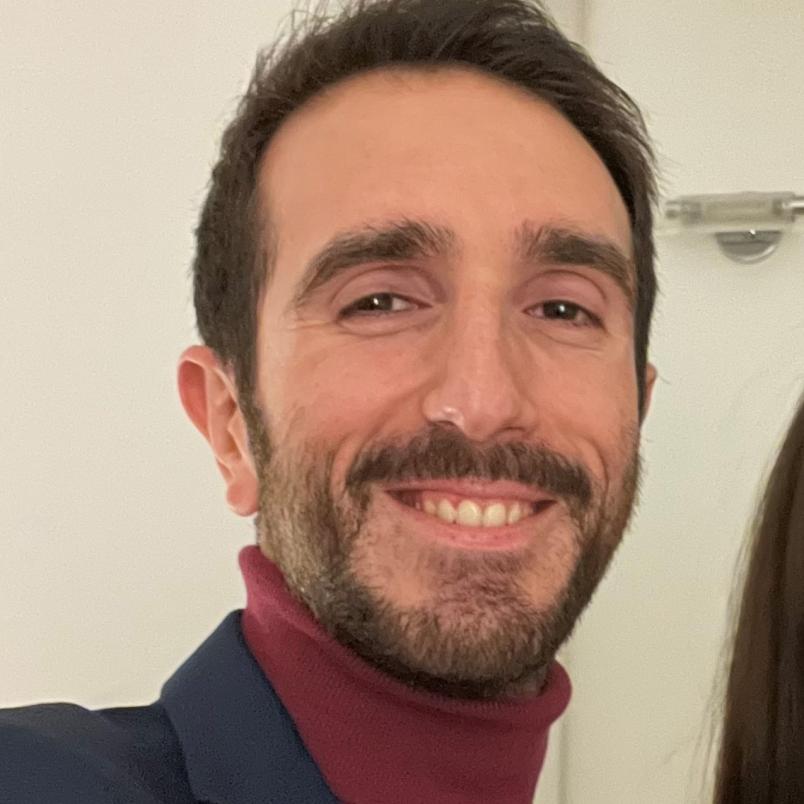
Vincenzo Antonelli will be working at the DISMA - "Giuseppe Luigi Lagrange" Department of Mathematical Sciences with the project entitled “Ulrich Hypersurfaces - Ulrich sheaves on hypersurfaces”, that aims to address a classic problem in mathematics: find the simplest way to decompose a complex object. For example, given a polynomial equation of a certain degree, how is it possible to express it as a sum or product of simpler first-degree polynomials. "Ulrich Hypersurfaces" addresses the problem of polynomial equations from a geometric perspective with the aid of particular geometric structures: Ulrich vector fibres. The project pays special attention to the interesting connections with problems from theoretical physics and combinatorial algebra.
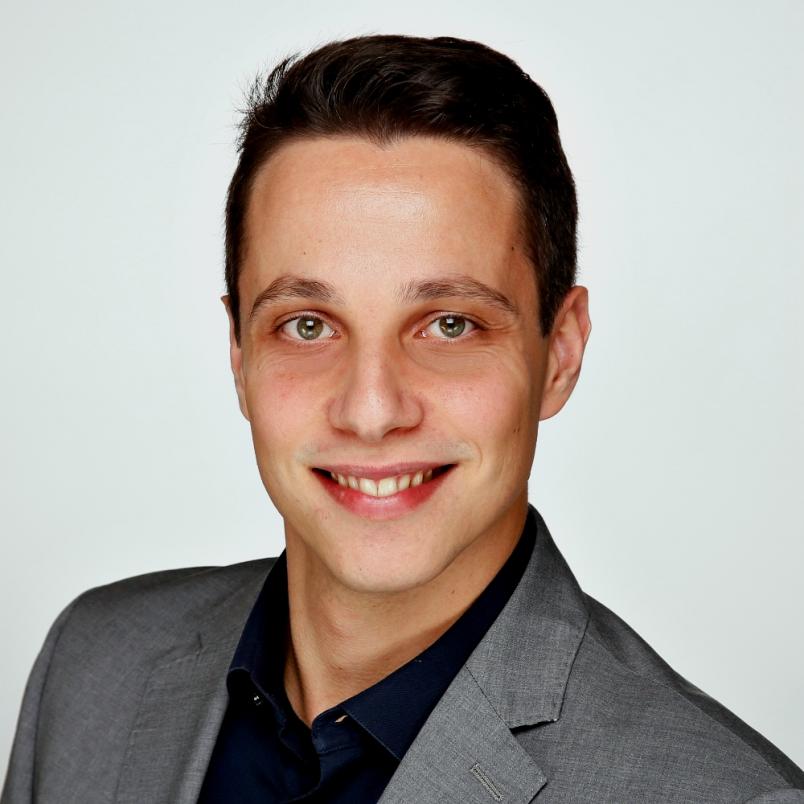
The goal of the project entitled “PhANTOM - Empowering Photovoltaics with Intermediate-Band Chalcogenides: From Atoms to New Tailored Optoelectronic Materials” of Matteo Cagnoni – who will work at the DET - Department of Electronics and Telecommunications - is to demonstrate the possible implementation of intermediate band solar cells capable of converting more than 35% of the incoming sunlight into electricity. Currently, the most common technology for terrestrial photovoltaics is silicon. The challenge of PhANTOM is to further reduce the cost/energy ratio, developing a new type of solar cell capable of exceeding the maximum efficiency of modern commercial devices, while maintaining a low cost, through research into innovative materials for converting sunlight into electricity.
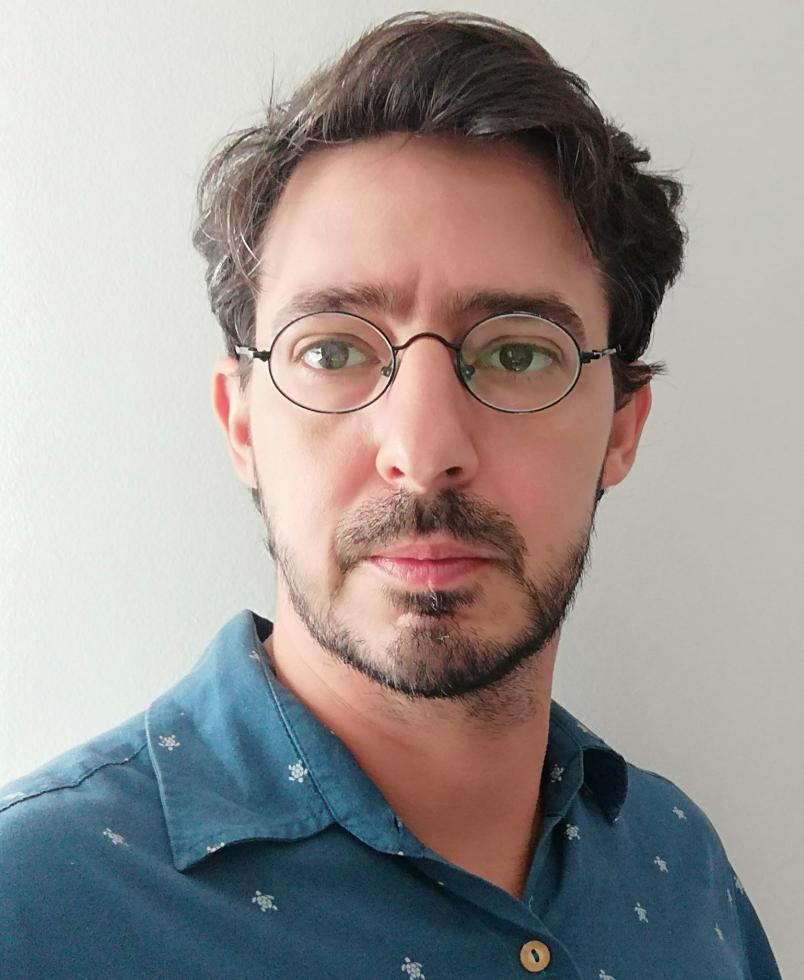
“D-Nature - Designing Nature: The Dialectics of Environment and Subjectivity in Urban Rivers Contracts’ Ecosystem Services Approaches”, on the other hand, is the name of the innovative project undertaken by Camilo Vladimir De Lima Amaral, working at the DIST - Interuniversity Department of Land Sciences, Planning and Policies. This research aims to investigate how the different policies toward nature have an impact on people's daily lives in the current context of climate change, investigating how various citizens, scientists, and politicians view the role of nature in building a better future. The project will focus on the experiences of River Contracts in the metropolitan area of Turin and will conduct interviews with the local community and key stakeholders. The ultimate goal is to develop social innovation approaches and create new ways of looking at the relationship between nature and society.
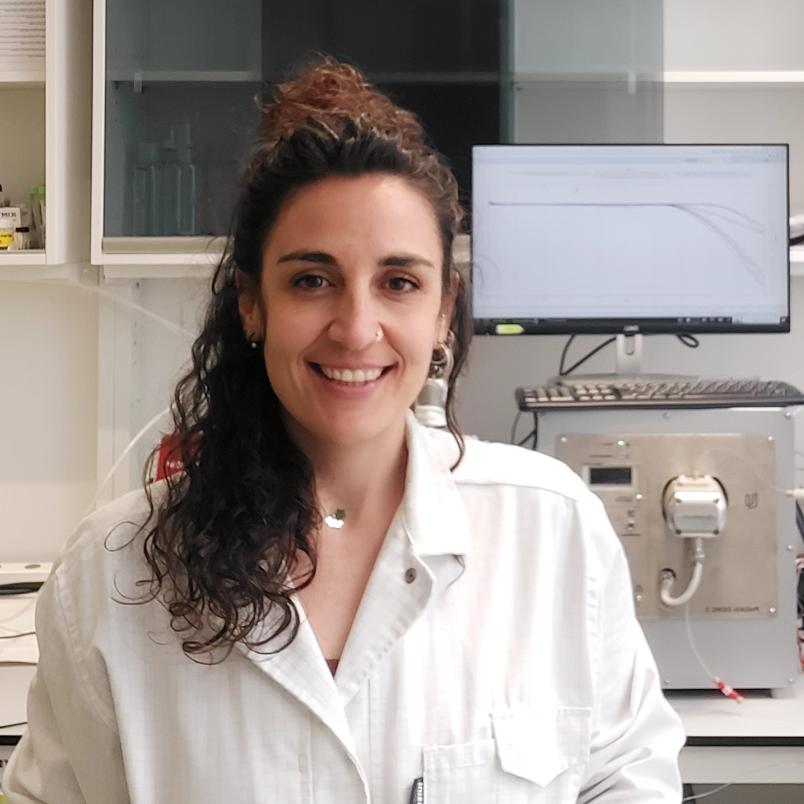
Sara Garcia Ballesteros, on the other hand, will work at the DISAT- Department of Applied Science and Technology, with the project entitled “NO-GAP - Green ammonia production through water denitrification”, whose main objective is to obtain ammonia produced through renewable energy (called "green"), as well as water decontamination. "Green" ammonia is one of the most widely produced chemical compounds in the world, and it is responsible for the continued existence of 50% of the population due to its use as a fertiliser. However, the ammonia production process is highly critical because of the CO2 emissions and energy requirements. Furthermore, water is becoming an increasingly valuable and increasingly polluted commodity. NO-GAP aims to demonstrate that ammonia can be produced with electrochemical processes powered by electricity generated from renewables, while using polluted water for its decontamination and green ammonia production as an alternative energy or fertiliser source.
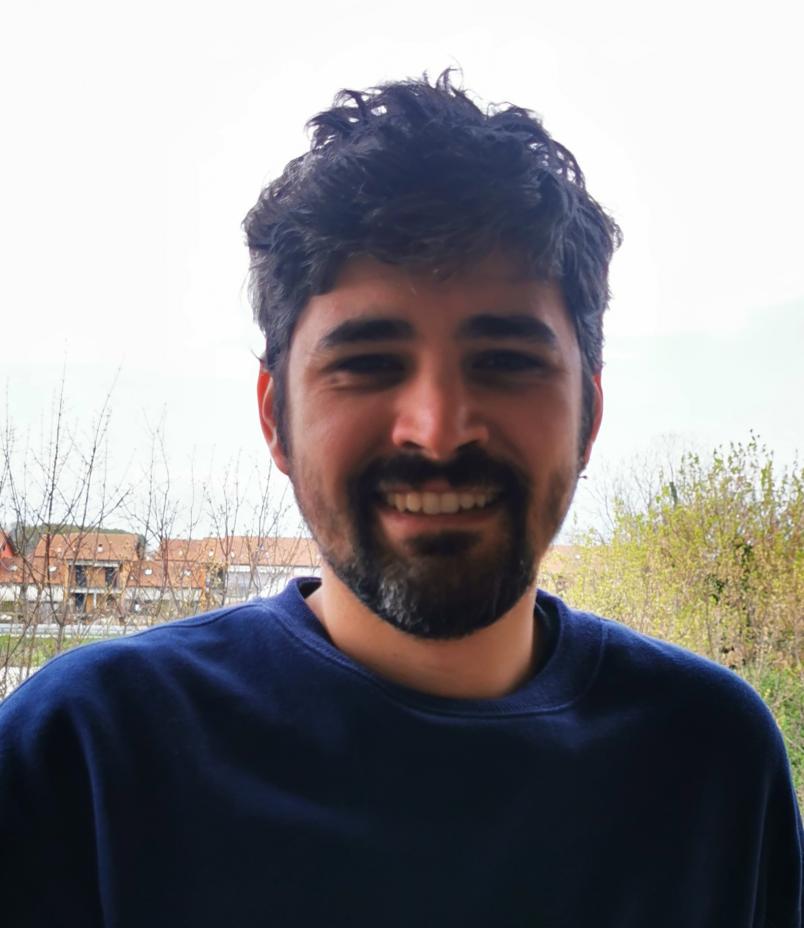
Gaetano Miraglia will carry out the project entitled “HY-LEARN - Model Calibration of Structural Simulators based on Hybrid Simulation and Machine Learning” at the DISEG - Department of Structural, Construction and Geotechnical Engineering, working on the generation of advanced codes and algorithms for optimal design of experiments in the structural field through the creation of digital twins. The process implemented, which makes use of Active Learning and Transfer Learning techniques, is applied in order to define areas of the structure with greater uncertainty, that require more advanced and complex modelling. The resulting digital model is then customised based on the experiment(s) considered in the design phase, and represents an optimised digital twin of the reference structure, which can be used for experimental test design.
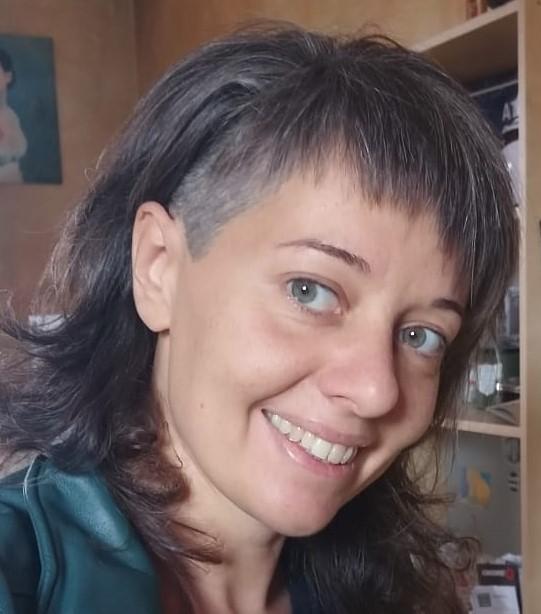
Marta Montanini will also work at the DIST with the project entitled “COME -Collaboration between researchers and social movements: methods and ethics”, focussed on promoting international dialogue on collaboration and relations between researchers and social movements in order to innovate the practices of transformative research, i.e. research projects that aim to transform and improve that which exists in various fields and disciplines. To achieve this goal, the project will analyse and compare the everyday relationships that have developed between researchers and social movements in Nelson Mandela Bay (South Africa) and Turin, from the 1980s to the present day. Based on the data collected, a number of researchers and members of social movements in South Africa and Italy will be involved in a self-reflection focusing on their personal and collective experience, followed by a collective writing process in which the ethical and methodological guidelines for the transformative research will be drafted. The co-constructed knowledge will be shared in an international workshop.
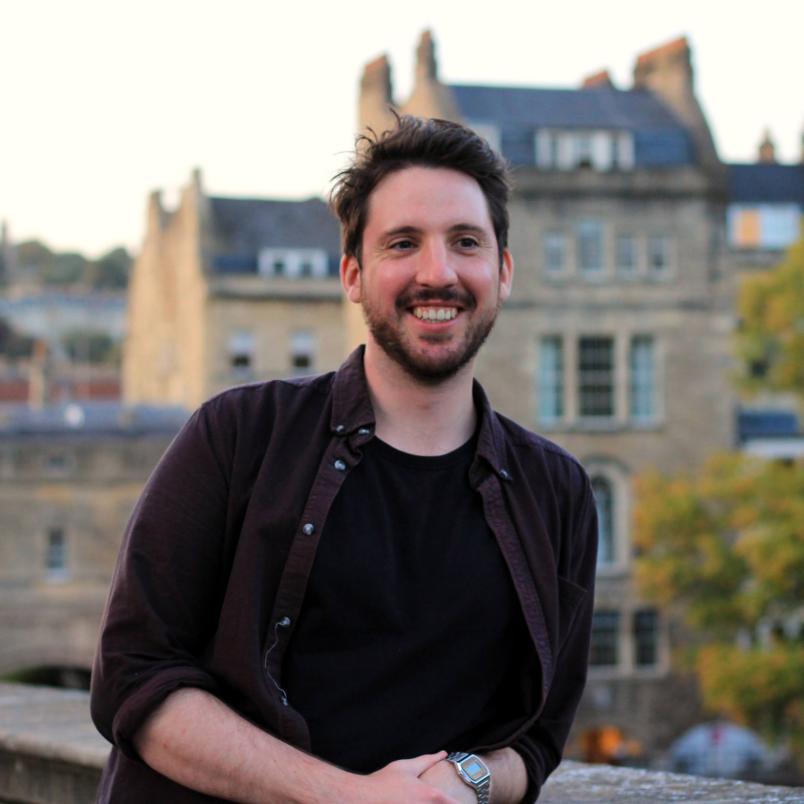
Also, Andrew Tarzia will work at the DISAT in order to follow his project entitled “CAGEX- Molecularly-informed automatic optimisation approaches for the rational design of functional supramolecular hosts”. Synthetic molecular cages are a class of synthetic materials with cavities to capture and detect small molecules, such as gases or drugs. These materials can, for example, help reduce greenhouse gas emissions or deliver drugs inside the human body. CAGEX aims to develop new ways of using computers to design new cages at much lower costs and in much shorter times than traditional methods. Using innovative software, many combinations of these building blocks can be tested to find the optimal combination for the desired application and guide the next steps in synthetic chemistry. The software will be open-source in order to share it with the scientific community and decrease the cost of materials design.
“Politecnico di Torino has been able to act quickly on this call for young researchers with very tight timing – says Matteo Sonza Reorda, Vice Rector of Research at the Politecnico - confirming its attractiveness and commitment to providing young people with opportunities to develop innovative research and to advance their careers, as already certified by the European Human Resources excellence in Research award, whose 10th anniversary we are celebrating this year”.